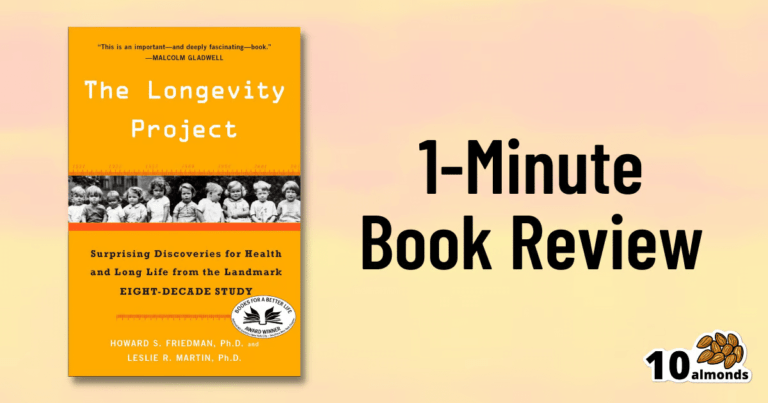A lot of stretching gurus (especially the Instagrammable kind) offer advices like “if you can’t do the splits balanced between two chairs to start with, that’s fine… just practise by doing the splits against a wall first!”
Jessica Matthews, meanwhile, takes a more grounded approach. A lot of this is less like yoga and more like physiotherapy—it’s uncomplicated and functional. There’s nothing flashy here… just the promise of being able to thrive in your body; supple and comfortable, doing the activities that matter to you.
On which note: the book gives advices about stretches for before and after common activities, for example:
- a bedtime routine set
- a pre-gardening set
- a post-phonecall set
- a level-up-your golf set
- a get ready for dancing set
…and many more. Whether “your thing” is cross-country skiing or knitting, she’s got you covered.
The book covers the whole body from head to toe. Whether you want to be sure to stretch everything, or just work on a particular part of your body that needs special attention, it’s there… with beautifully clear illustrations (the front cover illustration is indicative of the style—note how the muscle being stretched is highlighted in orange, too) and simple, easy-to-understand instructions.
All in all, we’re none of us getting any younger, but we sure can take some of our youth into whatever years come next. This is the stuff that life is made of!
Get your copy of “Stretching To Stay Young” from Amazon today!





